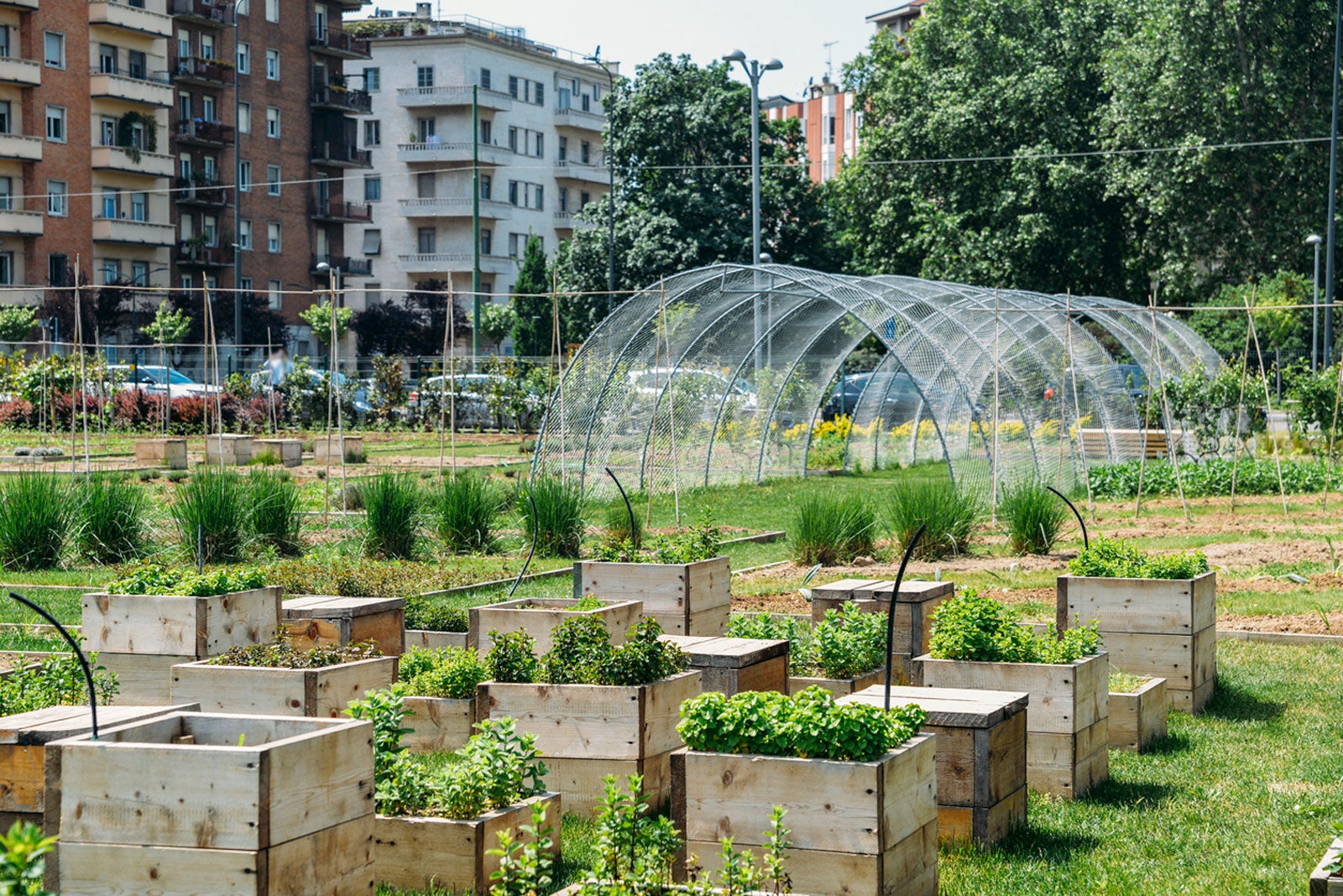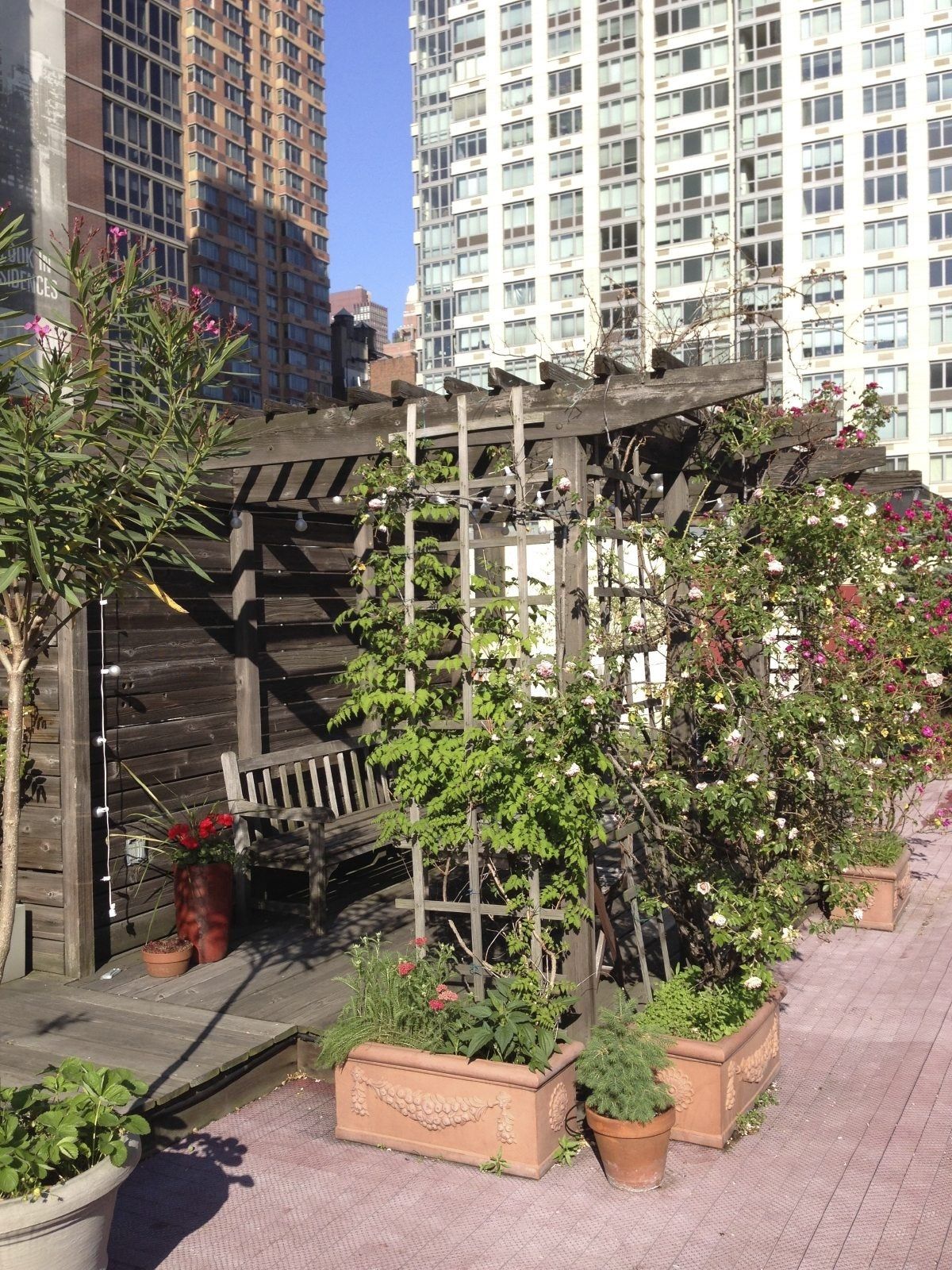The Of City Blooming
The Of City Blooming
Blog Article
10 Easy Facts About City Blooming Shown
Table of ContentsNot known Facts About City BloomingNot known Facts About City BloomingThe 45-Second Trick For City BloomingThe 6-Second Trick For City BloomingCity Blooming Things To Know Before You Buy
Intrigued in growing food for sale in the City of Chicago? Below is a listing of often asked questions pertaining to the guidelines and policies that growers should think about when preparing an urban farming job.
The zoning change does not change any various other codes managing composting, structure licenses, purchasing or renting City possessed building, organization licenses or ecological contamination. There are existing codes that control these concerns and they continue to be completely effect and may be relevant to your task. Neighborhood yards are commonly owned or handled by public entities, public organizations or community-based companies and preserved by volunteers.
Urban farms expand food that is intended to be sold, either on a nonprofit or for-profit basis. Due to their industrial objective, metropolitan ranches call for a company license.
Some Ideas on City Blooming You Need To Know
The quantity of garden compost product can not surpass 25 cubic yards at any kind of offered time according to the criteria in 7-28-715 of the City's Municipal Code. Because the dirt at a lot of new yard sites requires changing, garden compost, dirt, wood chips, or various other materials can be gotten to construct or improve the expanding area.

If a structure authorization is needed after that the hoophouse will certainly be taken into consideration an accessory structure. You can figure out more regarding the structure authorization requirements by calling the Department of Buildings. The 25,000-square-foot dimension limit is intended to avoid a solitary neighborhood garden from controling a provided block or taking away from the block's existing property or business personality.
The limitation does not use to gardens situated in Public Open Area (POS) districts. Can there be even more than one neighborhood garden that is 25,000 square feet on a single block? Secure fencing is not needed, nonetheless, gardens that have huge parking locations may be required to set up secure fencing or other landscaping features.
An Unbiased View of City Blooming
B1 & B2 areas call for that all business use activities be conducted inside. Is fence needed for metropolitan ranches? Fences might be called for, along with landscape design and testing, for specific car park areas and outdoor job or storage areas depending on place and the particular task taking area.
Urban ranches call for building permits and zoning approvals prior to building and construction (eco-friendly practices). Various other forms of city testimonial may be called for depending on specific frameworks, tasks, size, landscape design, licensing, public heath and stormwater monitoring problems.
The Department of Business Affairs and Consumer Security can help figure out the specific type of service certificate that's required. Off street car park is required for the majority of business projects in Chicago. The required number of vehicle parking spaces is based on the number of employees working on site and not the square video footage of the expanding space.
The Facts About City Blooming Uncovered

A city ranch can offer compost material created on website, however, the procedure should conform with the laws in 7-28-715 of the Chicago Municipal Code. Aquaponic systems are permitted inside on metropolitan ranches in several zoning districts.
Approximately five hives or nests of honey bees may be maintained as an accessory usage. Nonetheless, beekeepers need to register with the Illinois Department of Agriculture. For additional information concerning the proposed zoning change you might contact the Division of Housing and Economic Development, Bureau of Preparation and Zoning at 312.744.8563.
Farming in cities and city locations A city farm in Chicago. Urban agriculture describes different practices of growing. https://x3n7gir0m43.typeform.com/to/xy4y6eO6, handling, and dispersing food in city areas. The term likewise uses to the location tasks of animal husbandry, aquaculture, beekeeping, and gardening in an urban context. Urban farming is distinguished from peri-urban agriculture, which happens in backwoods at the edge of residential areas.
An Unbiased View of City Blooming
It can include a movement of natural growers, "foodies" and "locavores", that seek to form socials media started on a common principles of nature and neighborhood holism. These networks can create using official institutional support, coming to be incorporated right into regional town as a "shift community" movement for sustainable city advancement.
The much more direct accessibility to fresh veggie, fruit, and meat products that may be understood with city agriculture can improve food safety and food safety while decreasing food miles, causing reduced greenhouse gas exhausts, thus adding to environment adjustment reduction. Several of the initial proof of city farming originates from Mesopotamia.
Report this page